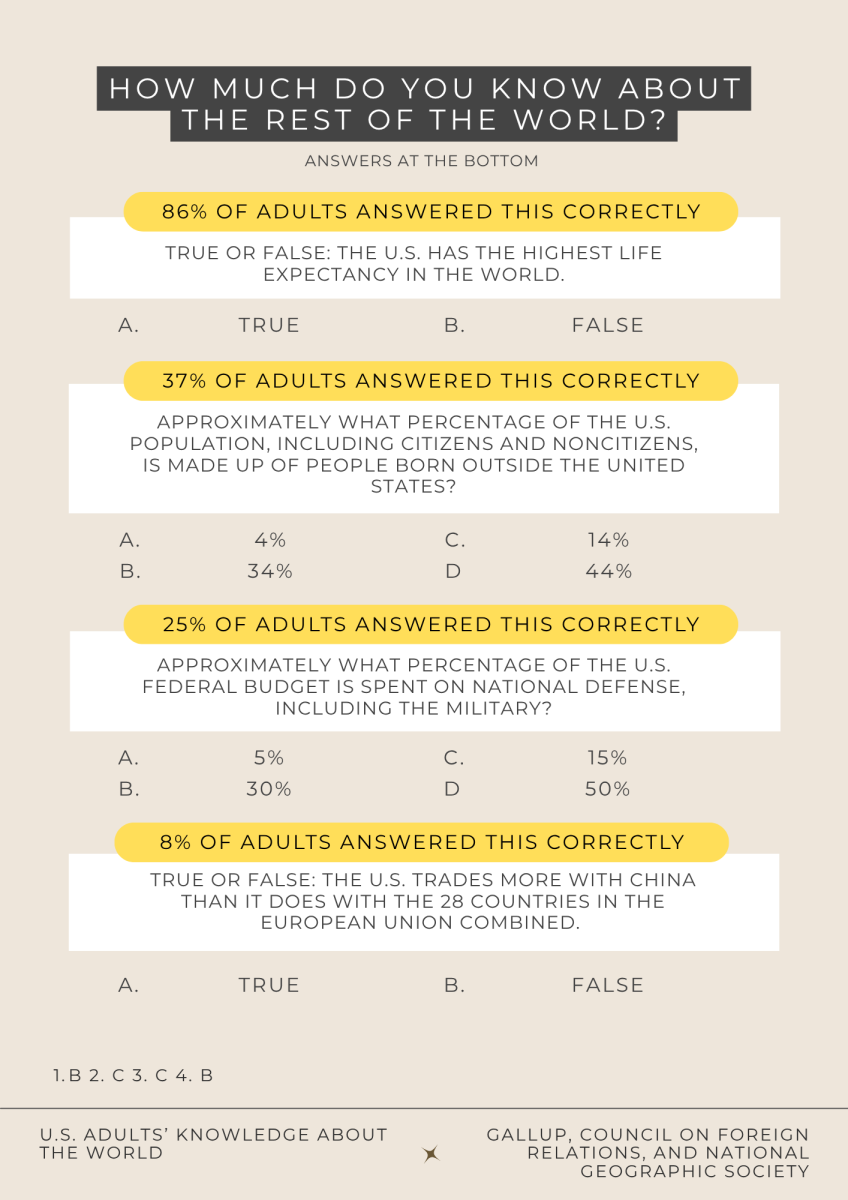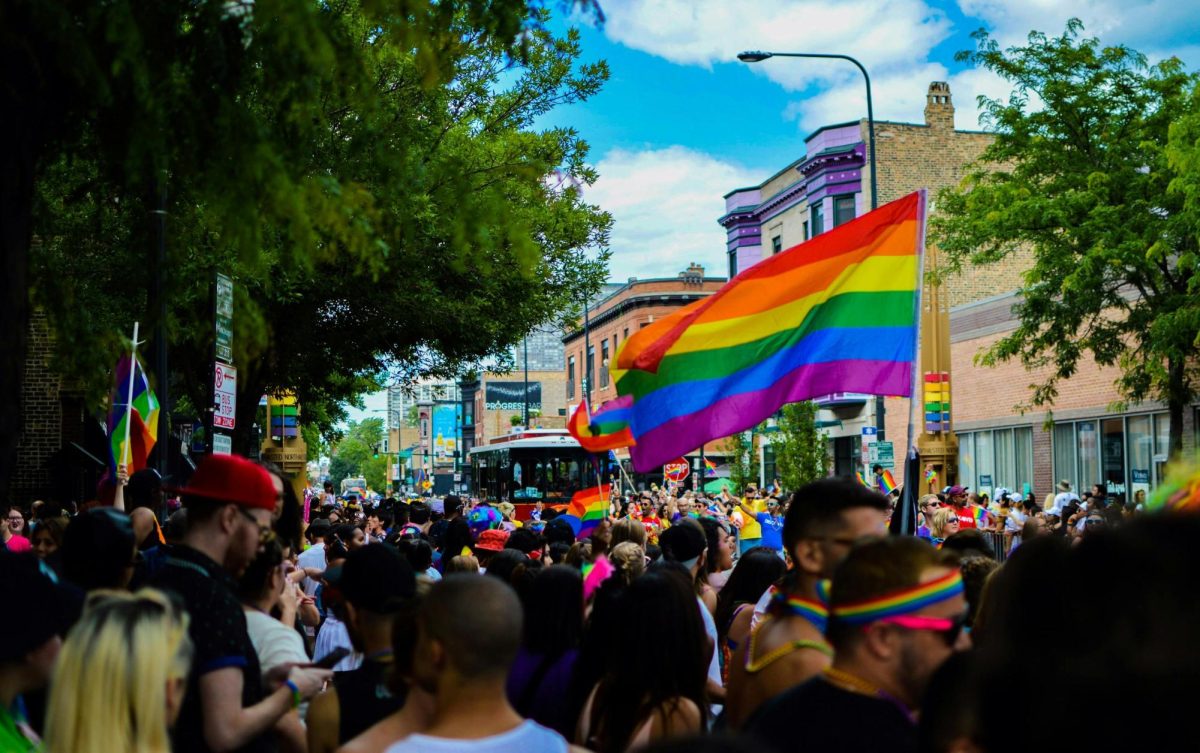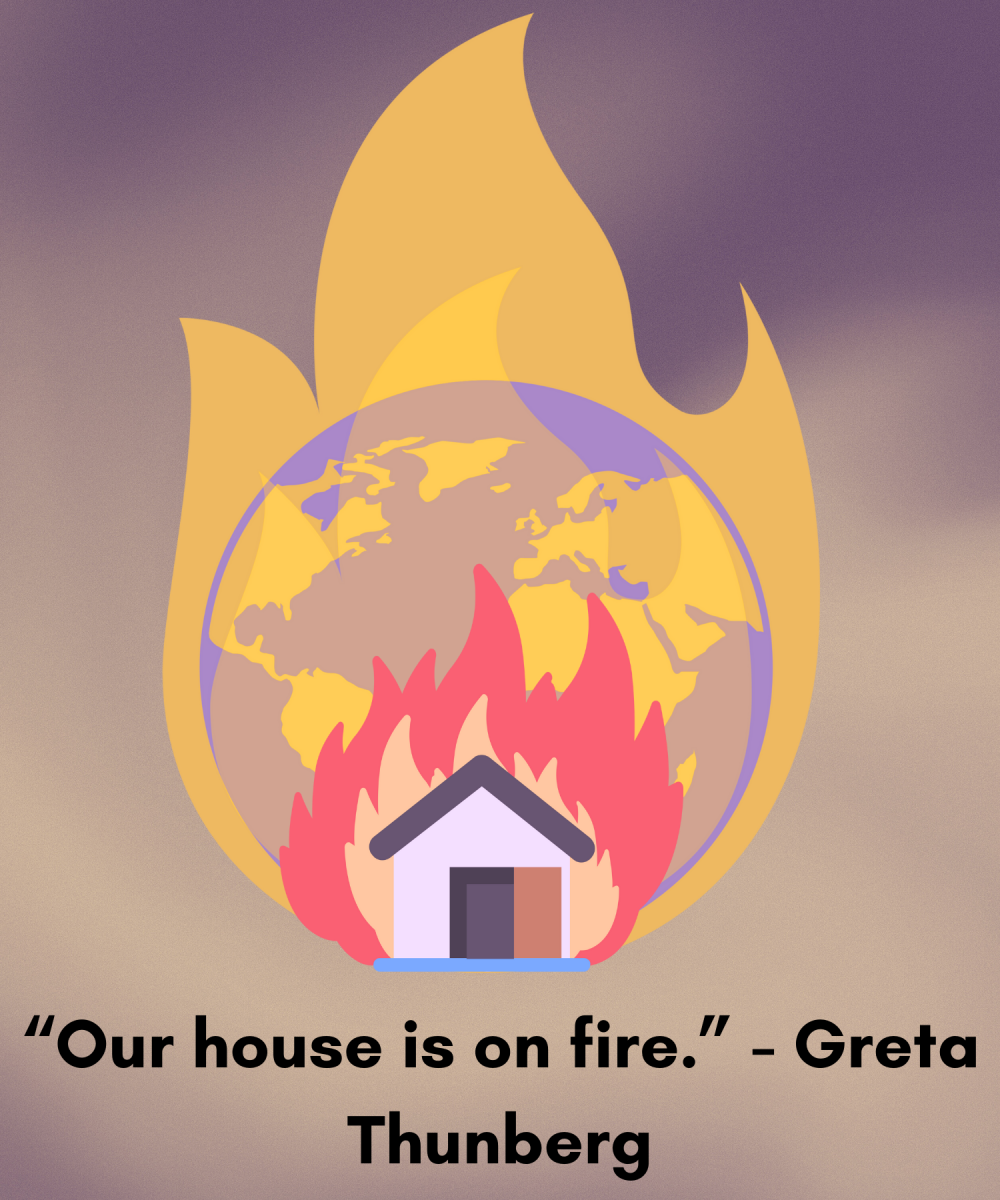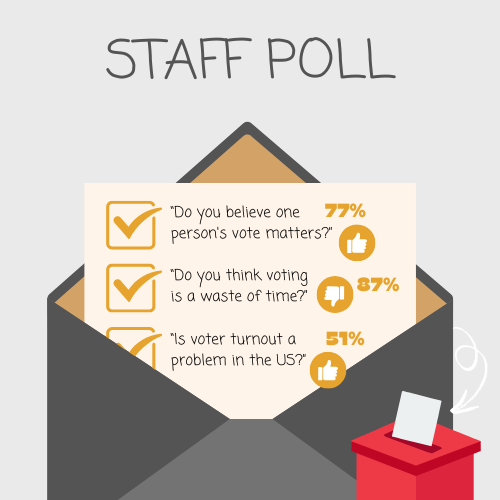
Imagine a relay race with each generation in which voting turnout determines speed: the Silent Generation, Generation X and the Baby Boomers watching on as Millenials fumble the baton and Generation Z move at a slow pace, perhaps hampered by the baffling presence of a cell phone in their hands.
In all fairness, Gen Z has been picking up the pace slightly, as shown by the Center for Information & Research on Civics Learning and Engagement, and seems motivated to take the baton when it’s their turn. In this scenario, they would be the most physically-apt group of voters; Gen Z is on track to be the most educated generation according to Pew Research – which historically translates to higher turnout as stated by the National Library of Medicine.
They’re projected by the Center of American Progress to make up the largest percentage of the voting eligible population – or in other words, to receive the baton – by 2032, 16 years after their Millennial counterparts. As of now, 56% of polled Gen Zers in a Harvard Youth Poll “definitely” voting in the upcoming Presidential Election. The factor likely to tip the results of this election will be whether Kamala Harris or Donald Trump can convince these voters that they should bother to head to the polls.
That’s easier said than done, though. One of the Gen Z complaints about voting is the time it takes to interrupt one’s day and head to the polls, as shown in a FiveThirtyEight study. While that may be a valid complaint, especially for those with busy schedules, it’s not as though every single activity people participate in is extremely important. It “costs” time every day to scroll through social media, to watch a movie or to get a snack at the gas station.
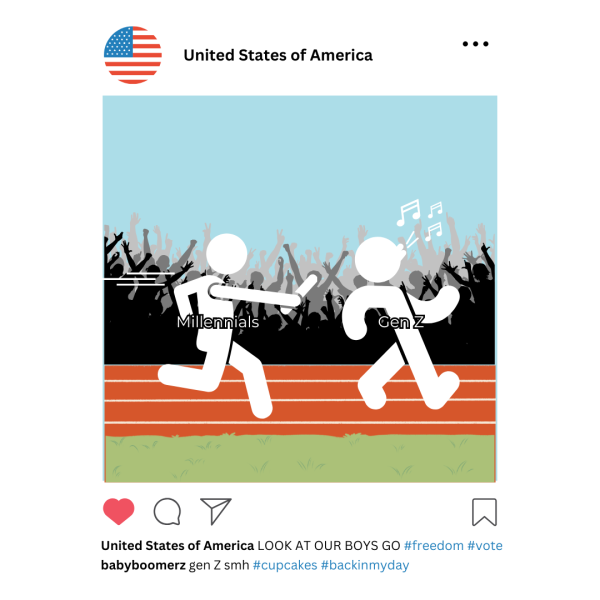
In the 2020 elections, voters in Virginia waited at the polls for an average of 13.3 minutes, according to the Movement Advancement Project. Add the time it takes one to go – let’s say 15 minutes – and to get back – another 15 minutes – and it comes to a total of around a mere three-quarters of an hour “wasted” every four years. In fact, the expansion of ways to vote like online and mail-in voting made Virginia the 11th easiest state to vote in for 2022 according to Mary Ann Liebert publishers.
Another objection from young voters is that their vote doesn’t really matter and that it won’t make a difference. Besides the fact that votes in close counties can end up tipping the electoral college in a state, the ballot also includes the state and congressional elections, in which the margins of victory are much smaller, as shown by the Center for American Progress. Those elections are just as important and are where policies are really shaped.
Many of the issues surrounding this election have cropped up during Gen Z’s youth, like school shootings, climate change, the border crisis, the mental health crisis and, to some extent, abortion are things that will likely continue to plague this country after the lifetimes of previous generations. It’s rather ill-advisable to allow older voters – who don’t seem to have the same qualms about voting that younger people do as shown by the US News and World Report – to completely dictate the solution to these issues. Their vote isn’t invalid by any means, but their perspective isn’t the same as people who’ve grown up with these issues and this is a chance for young people to do their part in fixing these issues that they are so invested in.
It really is a relay race. The previous generations, however reluctant, have now passed young voters the baton and it’s up to them to carry on the perpetual struggle for true democracy. Sure, the finish line is nowhere in sight, but then again, the alternative is slowing down and getting eternally hassled by the other generations.



